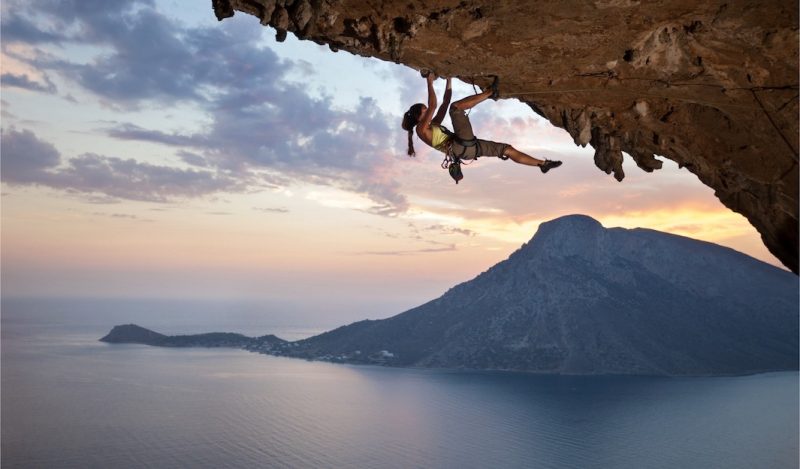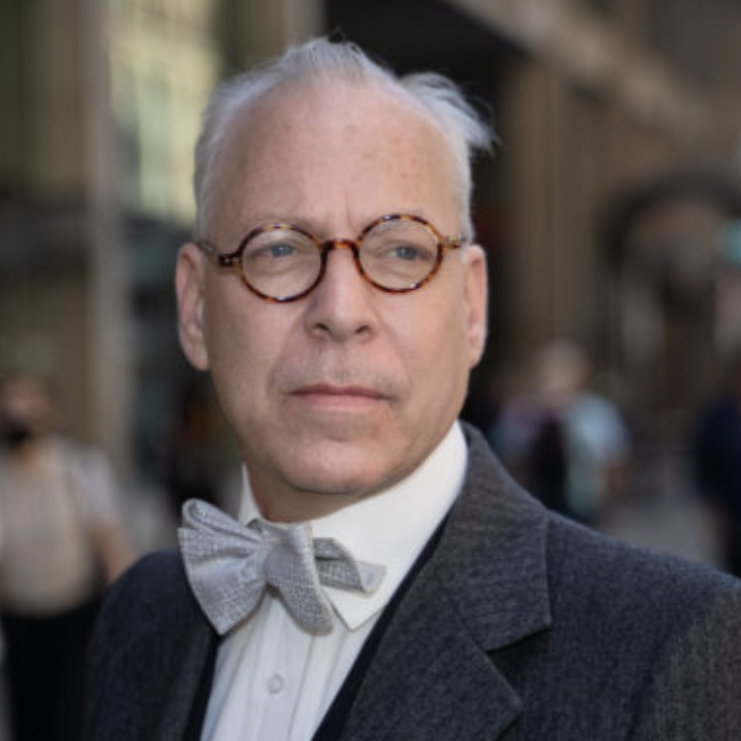We all inhabit a variety of subcultures in life – sports, religion, music, other hobbies – so we cannot be expected to be up on the proprietary language of them all. So I did not know until last night that devoted rock climbers are called dirtbags. Strikes me as funny!
Also, I’m not entirely sure that I knew that people who gather with groups on tracks to do tricks on skateboards or longboards are simply called skaters.
That’s not the interesting part. When I watch skaters at the park, I’m amazed at the risks they take. It strikes me that at any moment, any one of them could crash and break an arm or leg. My friend tells me that it is true, and breaking bones is something of a rite of passage to join a dedicated and talented group of skaters. Yikes.
I asked about protective equipment such as helmets, knee pads, and so on. He said you see it from time to time but the extent of this equipment that one wears is inversely proportional to the respect you are likely to garner within the community. The serious people do without, knowing full well of the risks. That’s part of the sport.
Sounds harrowing!
But he went on further to elaborate on his other hobby of rock climbing. In this community, there is a hyper-focus on safety first. The more you know and practice the protocols, the more respect others have for you. There are myriad checks on all things as one moves from place to place, and the more you guard against unnecessary risks, the more others will like to have you along on their excursions.
As he described this, my immediate thought concerned the variability of risk, both according to the activity and the individual in question. Every skill set is different. What risk one is willing to take on in any activity is a rational calculation. There are also cultural protocols: danger in skating but safety in rock climbing, for example. This delineation is difficult to make without hands-on experience. You cannot just look at an activity and declare that safety must always be the first and most important consideration. This applies in all of life.
The market is also good at pricing risk, tweaking people’s perceptions based on known probabilities. If health insurance rates rise for smokers, you have a built-in market-based encouragement to quit. If homeowners’ insurance falls in price based on security measures or fire prevention, the owner doesn’t have to think much about it. The market tweaks individual decision-making. People are free to pay a higher price when ignoring the signals but there is a cost to attempting to outsmart the market.
Here is the problem with a homogenous policy concerning risk that applies to the whole of society in all of life’s activities. It’s one thing to impose such a policy for decisions with high negative externalities (such as drunk driving, for example). It’s another thing entirely to do this for something with as varied an impact as the spread of a virus. The risk of severe outcomes is 1,000 times different between the old and the young, and adding in disparate health concerns increases that substantially.
Lockdowns are the paradigmatic case of a “one-size-fits-all” policy, at least as regards the models that recommended them. In practice, lockdowns amount to focused protection for the professional laptop class while encouraging the working classes to get out there and risk exposure, because they are “essential” and others are “nonessential.”
As for the people who actually needed the most protection against risk, governments actually forced nursing homes to accept Covid patients based on the ostensible principle that hospital capacity needed to be preserved for others. This resulted in tremendous death for those we knew at the outset were most vulnerable.
In other words, the policy of homogenous risk in practice actually ended up imposing extreme precautions on those who most likely did not need to take them (cancellation of schools and concerts and so on) while underestimating the actual risk to those who needed the most protection (nursing homes).
For anyone familiar with the workings of government, perhaps none of this is surprising. It’s the law of unintended consequences. Neither are the results of universal mask-wearing, which either did nothing or actually reduced exposure among the population that least needed it. Plus it annoyed the hell out of massive numbers of people, and ended up dividing the country along partisan political lines – surely one of the most bizarre features of the politics of masking.
You know who actually made some sense on this point today? It was Surgeon General Vivek Murthy. Speaking on a morning news show, he said concerning masks and events: “Each of us is going to make our own decision here based on our risk tolerance, based on our home circumstances, based on what’s happening in our neighborhoods.” He further referred to “personal choice” and “individual circumstances” (even as he admits to wearing a mask despite being vaccinated).
This is precisely right! But let’s consider the implications of this. It means that his further demand that social media censor “misinformation” is misguided. It’s a general principle of free speech that people need to learn to assess credibility on their own, not impose one truth from above. Based on our own judgment, we undertake life decisions and face the consequences on our own.
Further, the principle of individual decision-making does mean tolerating the spread of the virus, which is something that is not even negotiable at any level for a pathogen of this sort. It never has been. We have experienced freedom in the past despite the presence of pathogens. We’ve never before locked down on this scale. The spread of the virus builds immunity (yes, there is such a thing as natural immunity) and feeds more quickly the process of creating herd immunity even in absence of a vaccine. The idea of full suppression was always a fantasy of control freaks and model heads.
I suggest we enshrine the Vivek principle as fundamental to a free society. We all make our own decisions based on our risk tolerances. Yes, that’s the most workable solution of all. Would that we had seen the merit of this approach back in March 2020 before the world pursued the worst and most destructive policies of virus containment in living memory (or probably ever).
Let the skaters take their risks. Let the dirtbags thrill in the exercise of extreme caution for fear of falling to their deaths. Let them also pay the insurance rates associated with their choices. And let the rest of society function normally in the presence of a new virus, with each individual and institution engaging in risk assessment based on demographics, health, and other known information about the probable results.
Join the conversation:


Published under a Creative Commons Attribution 4.0 International License
For reprints, please set the canonical link back to the original Brownstone Institute Article and Author.









